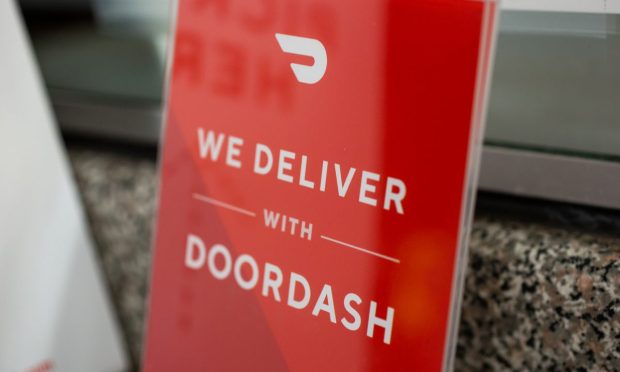DoorDash Sets Its Sights on Underpenetrated eGrocery Market

DoorDash is seeing disproportionate growth in its emerging grocery business, buoyed by the underpenetration of the market.
On a call with analysts Thursday (May 4) discussing the San Francisco aggregator’s first quarter 2023 financial results, CEO and Co-Founder Tony Xu contended that the company’s double-digit growth in the category is just the beginning.
“On grocery, while I think that we’ve made tremendous strides — we continue to grow faster than others and continue to gain share — I think there’s still a long ways to go from the perspective of building the product,” Xu said. “If you compare grocery penetration in terms of online delivery in the U.S. relative to, say, online delivery of restaurant food, it’s substantially lower by multiples, and I think that’s because the offline experience [in grocery] is still superior to the online experience.”
He added that the company must continue to work on boosting order accuracy, increasing accessibility by making more stores available to more consumers and managing prices, getting them closer to the in-store prices.
Additionally, the company continues to leverage its DashPass paid subscription, offering fee-free delivery among other perks, to drive affordability amid inflation.
DoorDash continues to be the No. 1 food delivery app, per PYMNTS’ Provider Ranking of Aggregators, which ranks key players based on a range of factors including channel coverage, up-to-date downloads, monthly average users, sessions per user and average session length. On all these metrics, the San Francisco aggregator is ahead of its competitors.
Yet aggregators remain well behind direct ordering and in-restaurant ordering when it comes to total share of consumers’ restaurant spending. PYMNTS’ study “The 2022 Restaurant Digital Divide: Restaurant Apps and Websites in the Spotlight” which drew from a survey of nearly 2,000 U.S. consumers, found that 16% of consumers primarily order food via restaurants’ direct ordering channels such as their website or their app. Meanwhile, only half of that share (8%) stated that they mainly order food via third-party aggregators.
“The way I think about it is, our core restaurant business is growing as well as improving in terms of overall profitability, but we still are a small portion of the overall sales for the restaurant industry,” DoorDash’s (new) CFO Ravi Inukonda said. “So we continue to invest behind that business. Because it’s important that we continue to invest behind quality, invest behind making the product more affordable, because that’s going to drive long-term growth in that business.”
Certainly, affordability is key to consumer engagement with aggregators, and so far, these businesses have seen better results from their discounting efforts than their moves to keep everyday prices down.
According to data from PYMNTS’ exclusive report “Connected Dining: Third-Party Restaurant Aggregators Keep the Young and Affluent Engaged,” which draws from a March survey of nearly 2,300 U.S. consumers, finds that only 1 in 3 aggregator users orders from these platforms because they believe prices have become more accessible. Meanwhile, a significantly higher 39% stated that they do so because the offers and discounts have gotten better.
Overall, it was a busy quarter for the aggregator. In the quarter, DoorDash announced the launch of package pickup; expanded its partnership with Starbucks, the world’s largest restaurant chain by revenue; launched a co-branded credit card with Mastercard; added cash acceptance for white-label delivery orders and more.

